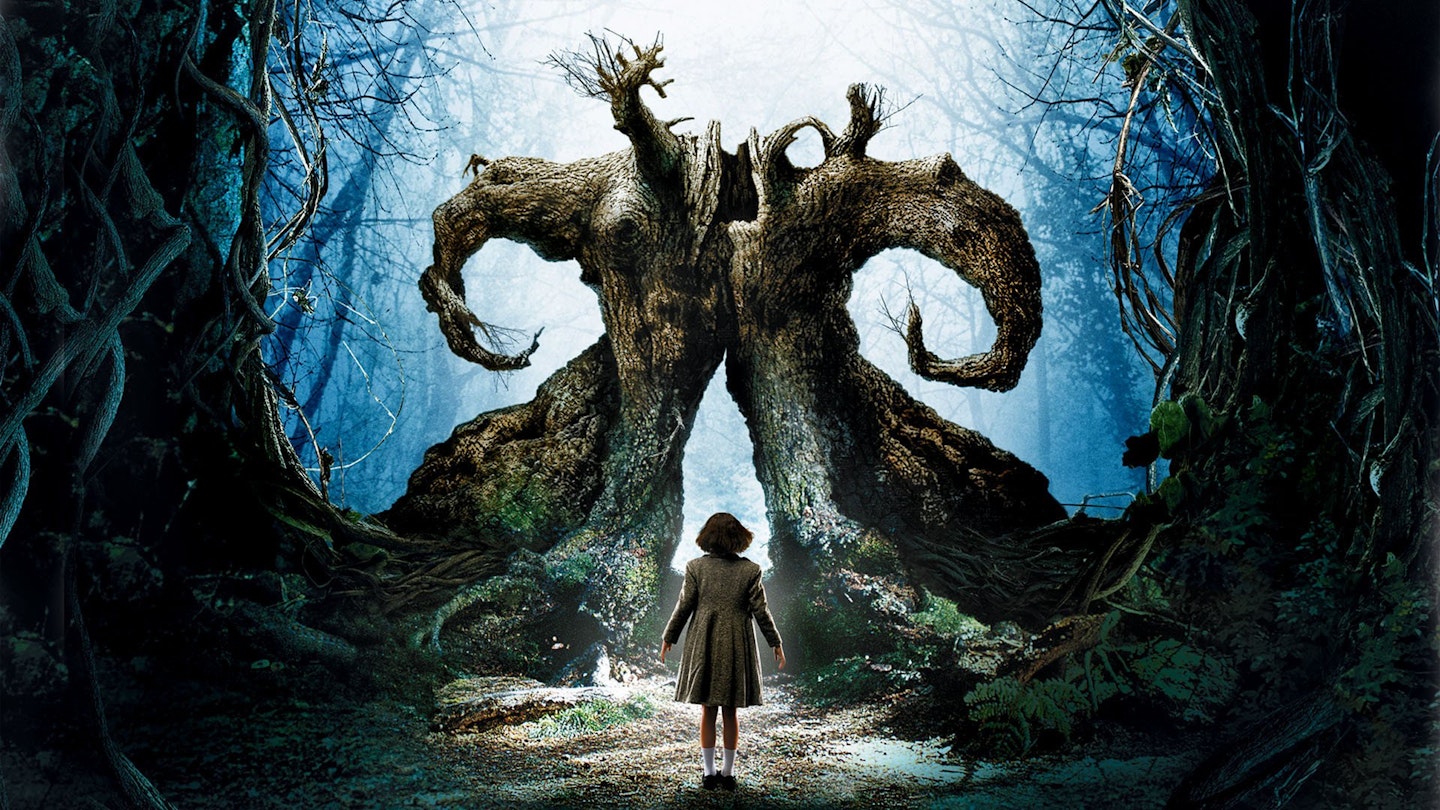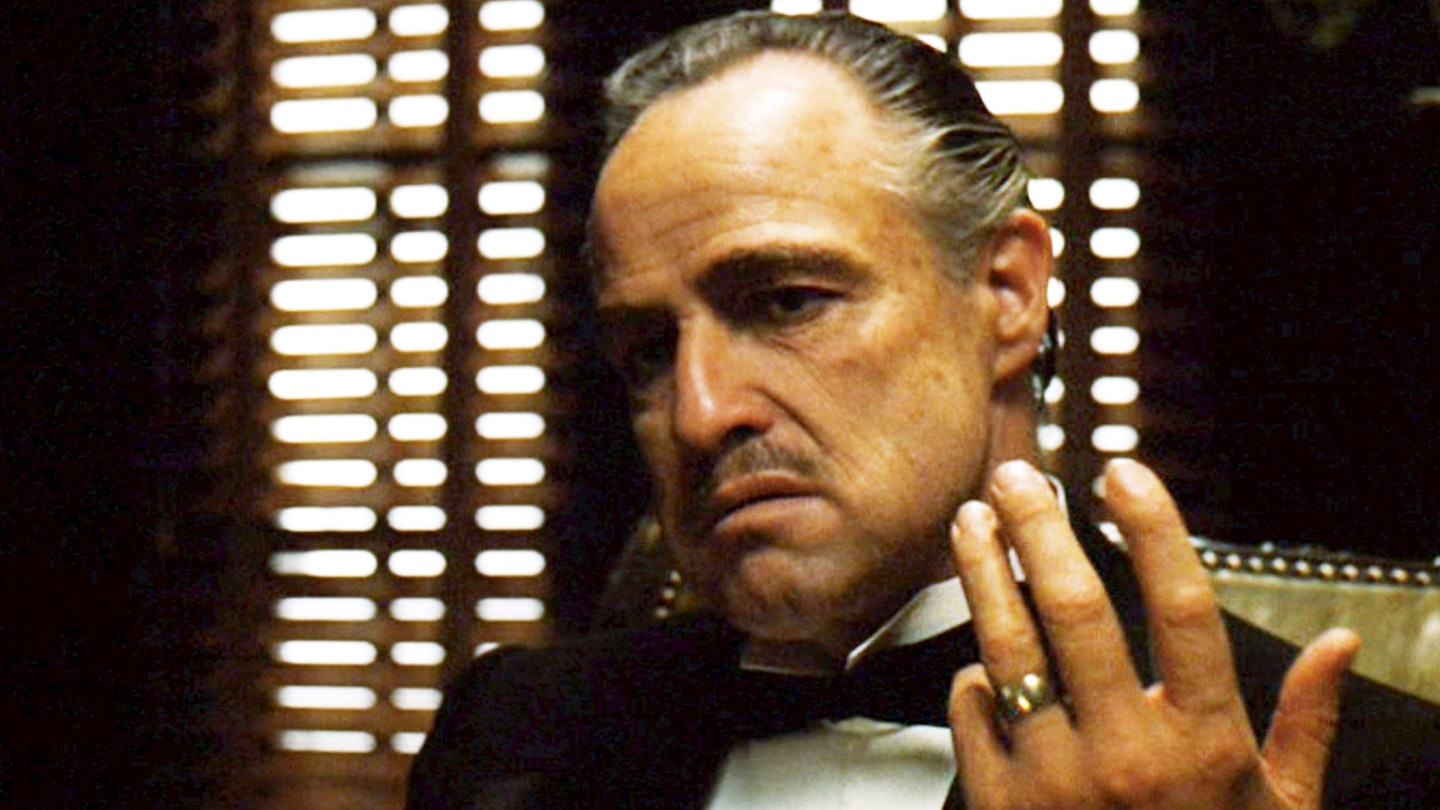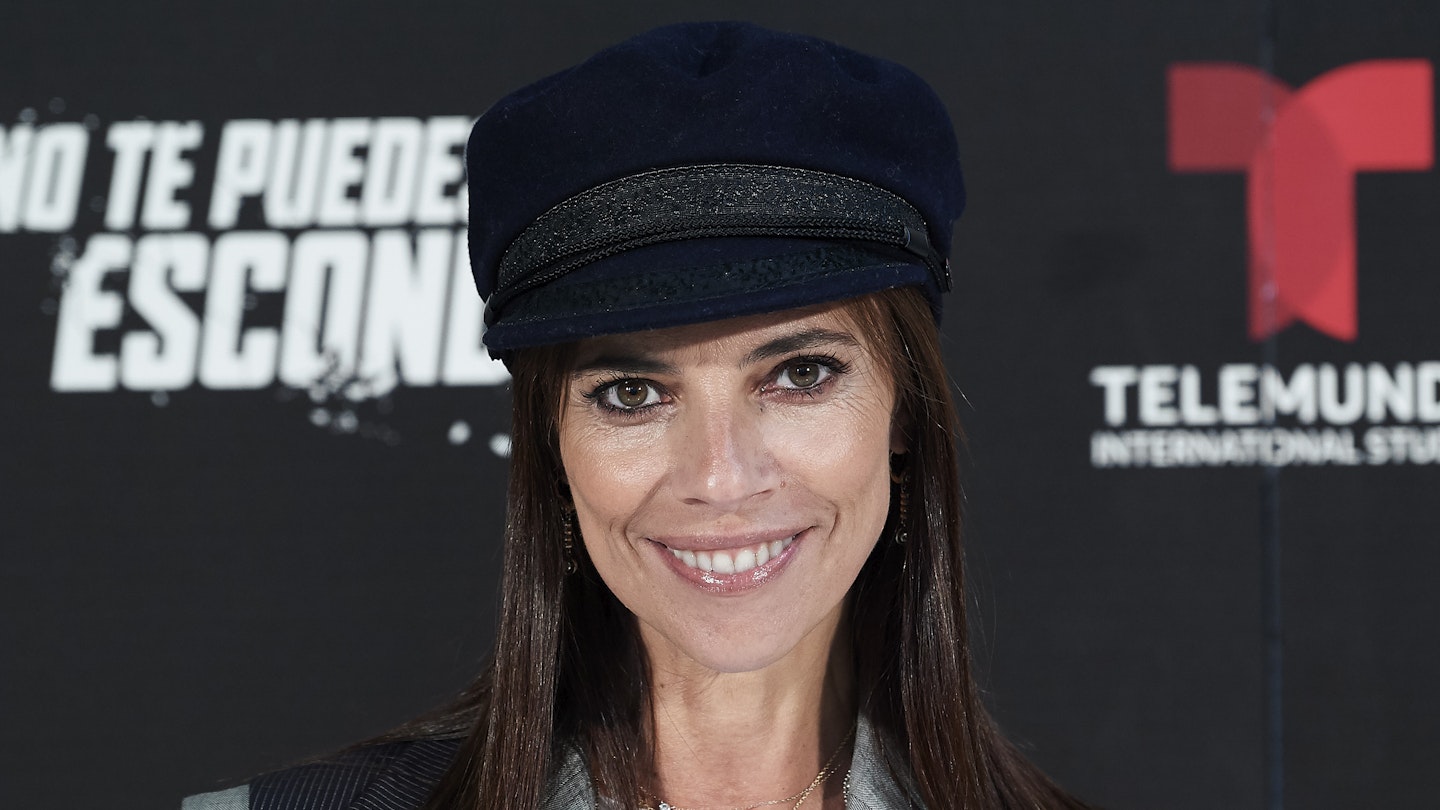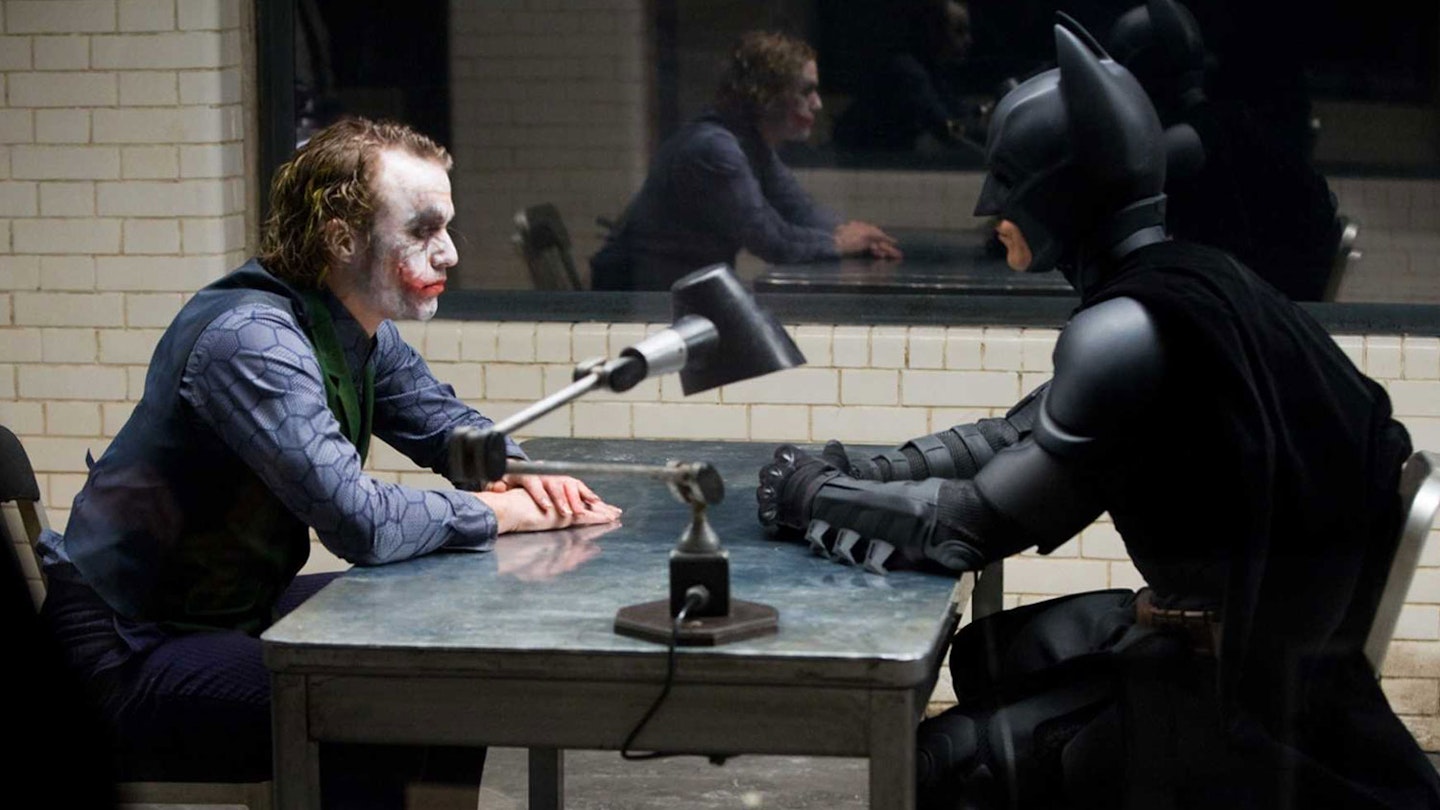Mexican-born director Guillermo Del Toro alternates projects on a ‘one for me, one for you’ basis, see-sawing between Spanish and English dialogue, and arthouse and multiplex releases. After his first feature Cronos, an unusual Mexican vampire movie, he followed up with Mimic, a generic American giant insect picture. Then The Devil’s Backbone, a ‘personal’ Spanish ghost story, was balanced by a populist franchise assignment, Blade II. Now, after comic-book picture Hellboy, Del Toro has delivered a more-than-worthy companion piece to his earlier Spanish film — indeed, this is his masterpiece to date, establishing him among the best filmmakers currently working at the top of their game.
Though it also has some narrative overlap with Víctor Erice’s classic The Spirit Of The Beehive (the one where the little girl thinks she’s befriended by Frankenstein’s Monster), Pan’s Labyrinth is almost a sister-film to The Devil’s Backbone. Again, a near-orphan child in dire peril from a darkly handsome, bad father figure during the upheavals caused by the Spanish Civil War is drawn into a magical world, which parallels an already-dangerous reality with its supernatural troubles but also provides a possible avenue of escape. In The Devil’s Backbone, the young hero was a boy (Fernando Tielve, who has a tiny cameo here) — but this time it’s a little girl, Ofelia (Ivana Baquero). We can see that she is clearly fated to be sucked into the world of her imaginings when she arrives in the middle of nowhere clutching a parcel of books filled with fairy tales.
Del Toro deliberately evokes classic children’s literature and film throughout. Ofelia is sometimes dressed up like Alice In Wonderland’s Victorian illustrations and finds herself drawn to a pagan Wonderland which has parallels with The Lion, The Witch And The Wardrobe (the little heroine’s guide in that was also a faun) and The Wizard Of Oz (lessons learned in dream must be applied in reality). There are even echoes of the old Jim Henson artefact Labyrinth, and curious parallels with the recent MirrorMask. But Pan’s Labyrinth works better as a movie than either, perhaps because it’s a rare fantasy that impresses in the ‘reality’ scenes as much as in its flights of imagination.
The goat-eyed, backwards-kneed faun offers intriguingly ambiguous revelations of the destiny Ofelia might fulfil, just so long as she follows orders. But he doesn’t necessarily mean what he says, and the example of the grown-up Fascists in Ofelia’s life suggests that blindly doing what she’s told at the expense of her conscience is the last course of action she should follow. So while there are trips into magical worlds, including a memorable encounter with a Clive-Barkerian spectre called The Pale Man which has loose folds of skin and eyeballs in its hands, Ofelia’s magical experiences don’t overwhelm the film.
Back in reality, Sergi López is a powerful presence as the saturnine Fascist stepfather, Vidal, equally (and neurotically) concerned with putting down the last resistance to Franco from the Nationalist partisans in the woods and ensuring the continuance of his line by having a son to take the significantly broken watch he inherited from his own soldier father. The meat of the story takes place here, where Vidal shows his true monstrousness and sundry locals try to funnel aid to the guerrillas.
This may deal with the stuff of children’s stories, but it is a tale for grown-ups. Several torture scenes are extraordinarily gruelling: by dwelling on Vidal’s ritual preparation for interrogation (and the set speech he delivers to demoralise victims before he starts using his implements), Del Toro somehow makes the scenes more uncomfortable than the full-on slicing and battering in, say, Hostel.
He makes sparing but always-impactful use of CGI, not only in the magical sequences (an encounter with a puffball of a giant toad, insect-like fairies) but in the more gruesome moments (the blood and booze soaking through the white bandage just applied over a sewn-up wound is a real cringe-maker). The home stretch is at once tragic and satisfying, with a killer of a send-off line, and no easy out as life and death, and reality and fantasy come crashing together.








